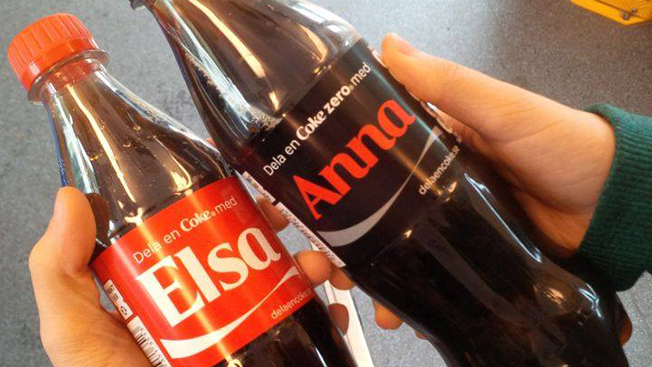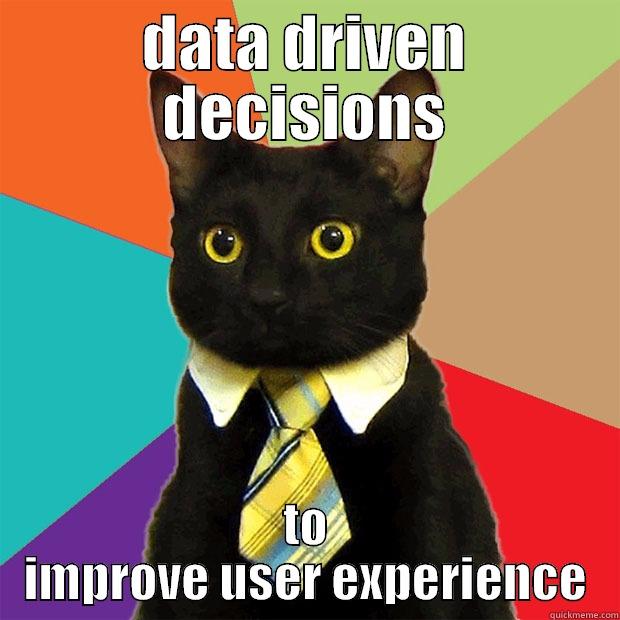Let’s keep it simple to start: ideally you know that mobile marketing is a core component of your overall marketing mix, because it’s the channel for engaging directly with potential customers in a personalized way.
But — and this is a big but — a lot of the advice regarding mobile marketing tends to focus on acquisition, which is fine on the surface. User acquisition is the obvious first step, but equally crucial is retaining them, i.e. keep them coming back to your app or mobile site. There’s seemingly less advice out there on mobile user retention.
There are seven core areas you need to focus on in terms of mobile retention. Let’s run through them now.

Onboarding
This one is crucial. (They all will be.) If people don’t know intuitively how to engage with your app/mobile offering, they won’t come back. It’s that simple. Also, remember when we mentioned personalization above as a cornerstone of why mobile is so great? Well, you can personalize the onboarding process too –it’s better than a registration form or a complete rat’s nest of an app that a PhD couldn’t navigate. The bottom line is that people put 20 or so apps on their phone and use 4-6 consistently. If your onboarding process is terrible (or terribly confusing), you won’t get into that 4-6 range.

GeoPush
GeoPush is a cornerstone of location-based marketing. Users are actually happy to share their personal location — if they see the benefit. Users who receive segmented push messages convert 3x more often than those receiving generic notifications, and GeoPush is one of the most segmented types of notifications. This is especially relevant for brands with brick-and-mortar locations, because they can target directly to physical proximity and present “Go in now!” offers.
Rich Push
“A picture is worth a thousand words,” or so they tell us — and that’s very true of rich push notifications, or push notifications with rich media in them like so:

Only 10-40% of push notifications are opened (and that number declines annually), but rich push offers an unique opportunity for marketers. They may continue to see a dip in open rate at the campaign level, but at the cohort level, long-term conversion should rise and in-app deletion should fall. (Both good things.)
Solid UX
Above we talked about a “rat’s nest.” That’s a bad thing in terms of UX. You want the simplest, cleanest, most intuitive user experience you can get. Early adopters and innovators may use new technology, for the real magic happens when most users cross “the chasm”. Take a look at the chart here:

It’s some serious Malcolm Gladwell stuff, but it’s true — for example, computers existed in the 1950s, but there wasn’t serious usage of them until the 1980s. Why? Well, “the chasm” above needs to be crossed. And having a good user experience and interface plays a critical role in that transition. Don’t believe us? Jonny Ive, the head designer at Apple, says that’s the reason for all him and Steve Jobs’ success. Invest in UX.

Personalization
This is the Chipotle burrito promise of mobile. People always have their phones — KWP, or keys wallet phone, as Broad City reminds us — and they do lots of things on their phone, data which you can acquire to personalize content and messaging. Many brands whiff on this target when working their mobile strategy. App users want personalization, too. You should do what your users want, as that seems a sound strategy for retention. So personalize the experience.

A/B Testing
As mobile has gotten increasingly to scale, the old sales mantras of Glengarry Glen Ross and Boiler Room — “Always be closing!” — have given way to the tech nerd mantra of “Always be testing.” Test anything and everything. You can even A/B test App Store screenshots — the key to optimization — without updating your app. Try different messaging, imagery, whatever. If one set consistently has a higher response rate, go with that. When that begins to erode, A/B test it against something else. Test, test, test and iterate, iterate, iterate — that’s the era we live in.

Data Insights
If you have users and the users “do things” in-app or on mobile web, well, now you have data. Data is cool! But the thing people miss often is this: data is literally meaningless if it’s just collected. It needs to be looked at and lead to new decision-making. So what does that look like? Well, you might see that GeoPush is really effective for certain moments-based marketing campaigns, so you want to do more of that. But when you use pictures of starfish in-app, people scurry away. So less starfish. Those are two very simple decisions based on actual data you have, but there are hundreds more you can make. Look at your data. It will ultimately help you turn regular users into buyers.
